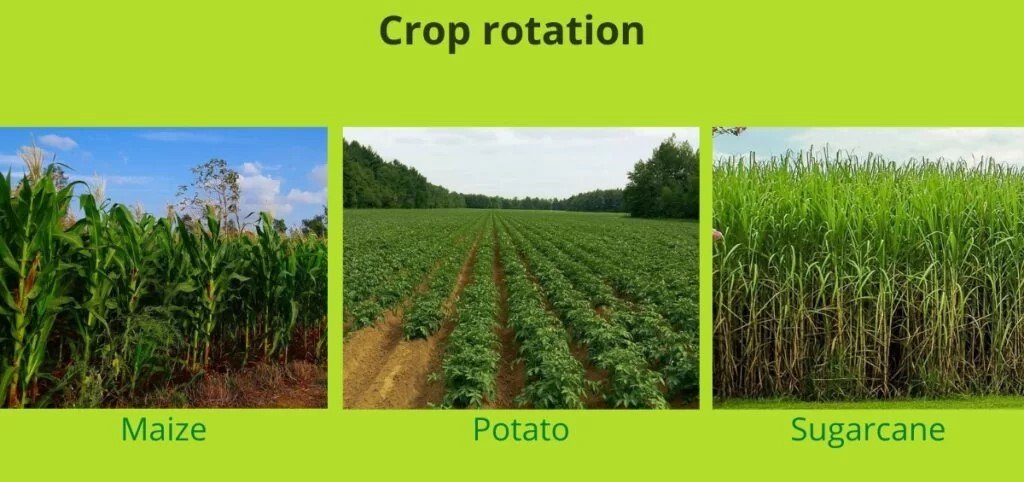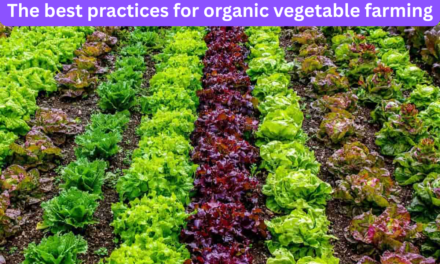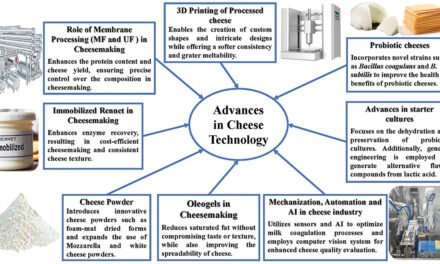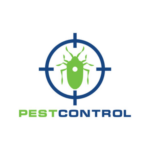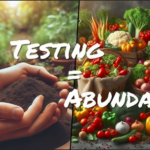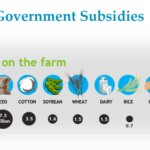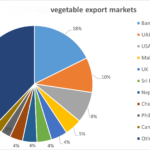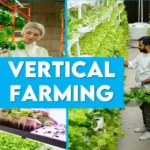Crop rotation can significantly benefit rice farming by improving soil health, reducing pest and disease pressures, and enhancing overall productivity. Here are the key benefits:
1. Improved Soil Fertility
- Nutrient Replenishment: Rotating rice with legumes (e.g., soybeans, pulses) fixes atmospheric nitrogen in the soil, replenishing nitrogen levels depleted during rice cultivation.
- Prevention of Nutrient Depletion: Different crops have varying nutrient demands, which balances soil nutrient levels and prevents overexploitation of specific nutrients.
- Organic Matter Addition: Certain rotational crops add organic matter to the soil, improving soil structure and fertility.
2. Reduced Pest and Disease Pressure
- Breaks Pest Cycles: Continuous rice cultivation encourages the buildup of pests and diseases specific to rice. Rotating with non-host crops disrupts their life cycles.
- Minimizes Pathogen Carryover: Residual pathogens in the soil are reduced when rice is alternated with crops that are not susceptible to those pathogens.
3. Enhanced Soil Structure
- Reduced Soil Compaction: Growing deep-rooted rotational crops (e.g., maize or millet) aerates the soil, counteracting compaction caused by flooded rice fields.
- Improved Drainage: Certain crops promote better drainage, reducing waterlogging issues common in rice fields.
4. Weed Control
- Reduces Weed Population: Rotating crops with different growth habits and planting schedules disrupts the life cycles of rice-specific weeds, reducing their prevalence.
- Allelopathy: Some rotational crops release chemicals into the soil that inhibit weed growth.
5. Improved Water Use Efficiency
- Diversified Water Requirements: Growing less water-intensive crops during rotation periods conserves water and reduces stress on water resources.
- Enhanced Soil Water Retention: Organic matter from rotational crops improves the soil’s ability to retain water.
6. Increased Yield and Productivity
- Higher Subsequent Rice Yields: Nutrient-rich and pest-free soil from crop rotation can lead to higher yields in the next rice-growing season.
- Diversified Income: Growing other crops during the rotation period provides additional income streams and reduces reliance on a single crop.
7. Carbon Sequestration and Reduced Methane Emissions
- Lower Methane Production: Rotational crops that do not require flooded conditions reduce methane emissions associated with anaerobic decomposition in rice paddies.
- Carbon Storage: Cover crops and deep-rooted species sequester carbon in the soil, contributing to climate mitigation.
8. Breaking the Monoculture Cycle
- Diversifying the cropping system prevents the long-term negative effects of monoculture, such as reduced biodiversity, soil exhaustion, and dependency on chemical inputs.
9. Reduction in Input Costs
- Less Fertilizer Usage: Natural nitrogen fixation by legumes reduces the need for synthetic fertilizers.
- Lower Pesticide Use: Breaking pest and disease cycles reduces the dependence on chemical pesticides.
10. Promotes Sustainability
- Biodiversity Enhancement: Crop rotation fosters biodiversity, improving ecosystem resilience.
- Environmental Protection: Reduced chemical input use decreases water and soil pollution.
Common Crop Rotation Practices with Rice
- Rice-Legume Rotation:
- Alternating rice with legumes such as mung beans, soybeans, or peanuts replenishes nitrogen and improves soil fertility.
- Rice-Wheat System:
- A common rotation in South Asia, providing year-round crop production while diversifying income sources.
- Rice-Maize Rotation:
- Reduces water demand and improves soil structure, as maize is less water-intensive.
- Rice-Vegetable Rotation:
- Combines the benefits of soil health with higher-value cash crops.
- Rice-Cover Crop Rotation:
- Planting cover crops like clover or rye during the off-season protects soil from erosion and adds organic matter.
Challenges
- Irrigation Management: Non-rice crops may require different water regimes, necessitating changes in irrigation practices.
- Market Availability: Farmers need access to markets for rotational crops to make the system economically viable.
- Knowledge and Training: Successful crop rotation requires an understanding of crop compatibility and soil requirements.
Conclusion
Crop rotation is a sustainable practice that enhances the ecological and economic viability of rice farming. By improving soil health, reducing inputs, and diversifying production, it helps farmers achieve long-term productivity and environmental conservation.
Hashtags
#FarmToTable #OrganicFarming #PrecisionAgriculture #SustainableDevelopment #FoodSecurity #FarmingCommunity #InnovativeFarming #SustainableHarvest #GreenRevolution #RiceVarieties #SustainableLivelihoods #FarmingTechnology #EnvironmentalSustainability #RiceFields #SustainableFoodSystems #Agroecology #RiceHarvest #SustainableFarmingMethods #RiceCultivation #SustainableFarmingPractices

